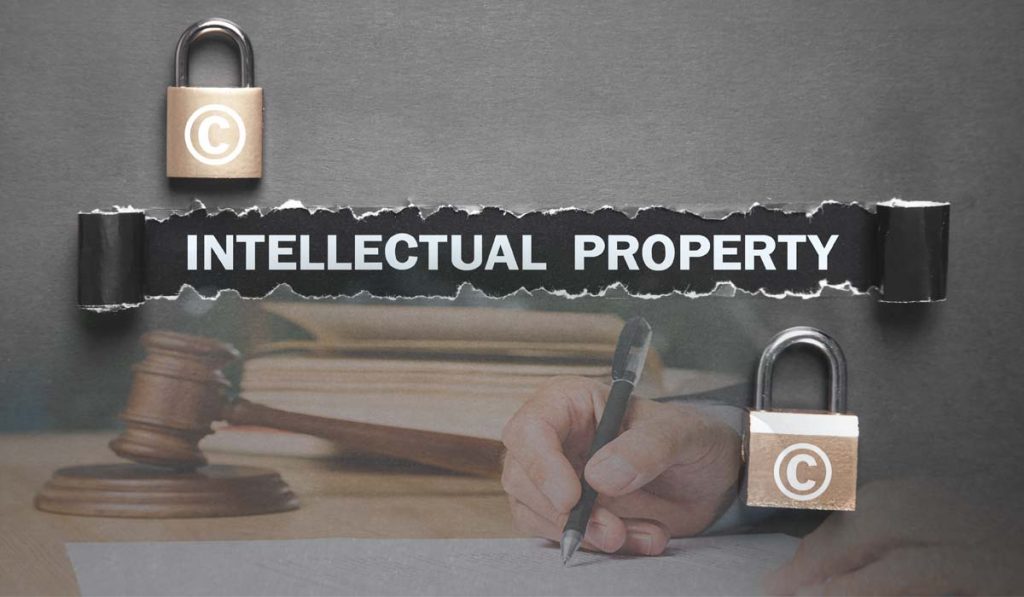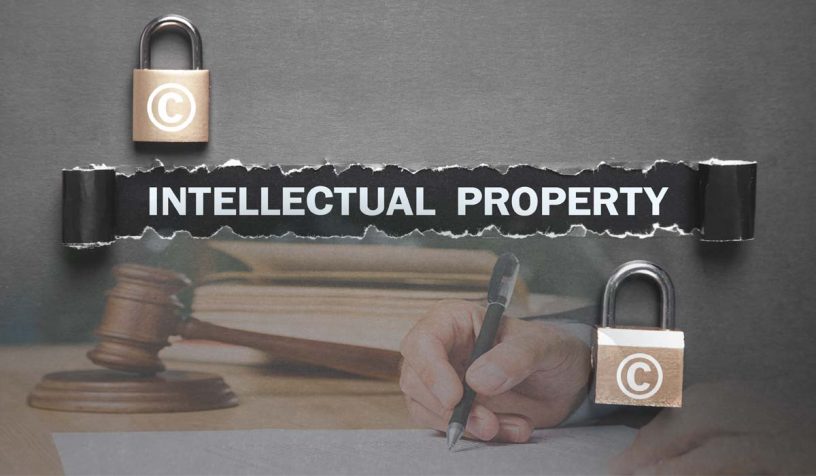
The rapid development of commercial environments have resulted in establishing a relationship between competition law and Intellectual Property Rights, says the author.
Author
Tripti Bhushan, Lecturer, Jindal Global Law School, O.P. Jindal University, Sonipat, Haryana, India.
Summary
In the present day and age, IPR assumes a basic part in working with the exchange and economy of each country while guaranteeing that elusive properties, for example, imaginative works, brand names and developments are not taken advantage of by unapproved parties. Especially, in a digitalized world like our own, thoughts and advancements are helpless to double-dealing. Protected innovation frameworks guarantee that such thoughts and developments are not copied or taken. In addition, Intellectual Property additionally impacts the business development of a business.
First and foremost, securing your IP (like brand names, developments, and proprietary innovations) may add to the uniqueness and peculiarity of a specific brand. Therefore, a business can utilize these IPs to acquire establishment arrangements from different organizations. Getting establishment arrangements may ultimately add to the business development of an organization. Besides, Intellectual Property frameworks can be utilized to get benefits.
For example, protecting of developments might prompt boosting the makers which frames a steady stream of pay. This surge of pay can likewise be put resources into additional innovative work, along these lines supporting the degree for development.
Then again, rivalry law sets down guidelines and laws concerning the market contest to control against cutthroat practices that organizations might participate in. Against serious practices might incorporate ruthless estimating (forcing over the top costs on items or administrations that the purchaser has restricted decision other than to buy it), value fixing (a plot between contenders to set comparable costs for items or administrations) and bid fixing (choice of champs of an agreement ahead of time).
The beginning of contest law can be followed back to the Roman Empire in 50 B.C wherein rivalry laws were forced to ensure the grain business and to restrict the blockage of supply ships.
Published in: The Daily Guardian
To read the full article, please click here.


